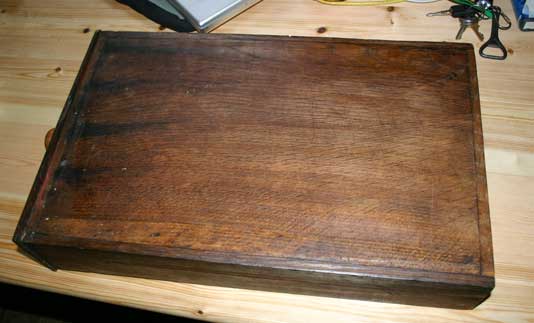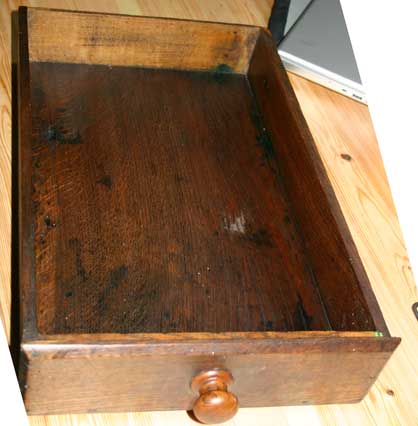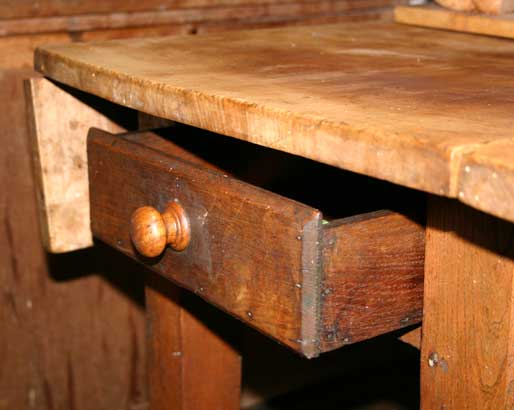Jacob
New Luddism. Awake and resist!
Was old. Well 150 years at least I'd guess. Possibly a lot older. The back boards were rip sawn by hand - looked like they'd been scratched by bears. Everything hand done, no sign of machine marks anywhere. Adze type marks , more likely a heavy cambered plane, on fronts of back boards. Fronts of front boards still showing hand plane marks from fine cambered plane done in very neat parallel passes, just visible in the right light. The most modern thing about it was the nails!mtr1":2417s3f3 said:Looks like a rural piece, and the tradesman was cutting down on time. The iron nail is a nice touch, looks horrible overall but functional. Doesn't look that old to me either.
I wouldn't say it looked "horrible" at all. I really admire this sort of practical woodwork. Nothing "rural" about it either - "country furniture" is a bit of a myth; you'd find the same sort of stuff made in towns, but in the backwoods things get left behind and change is slower.









